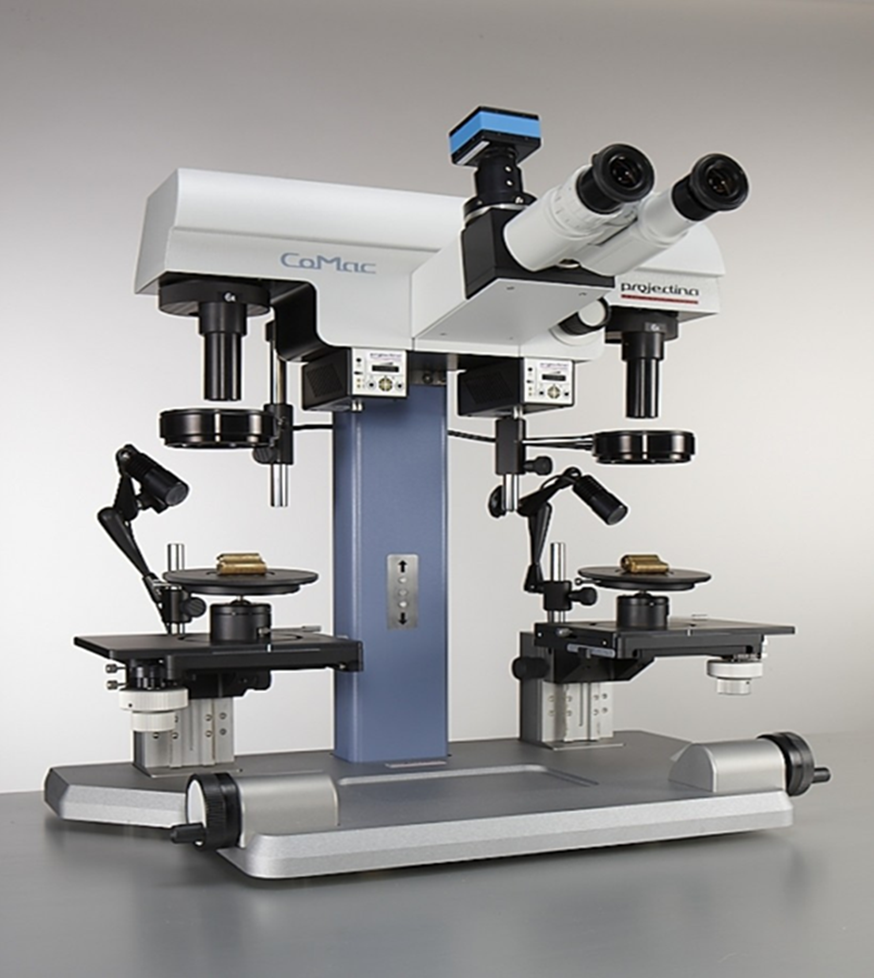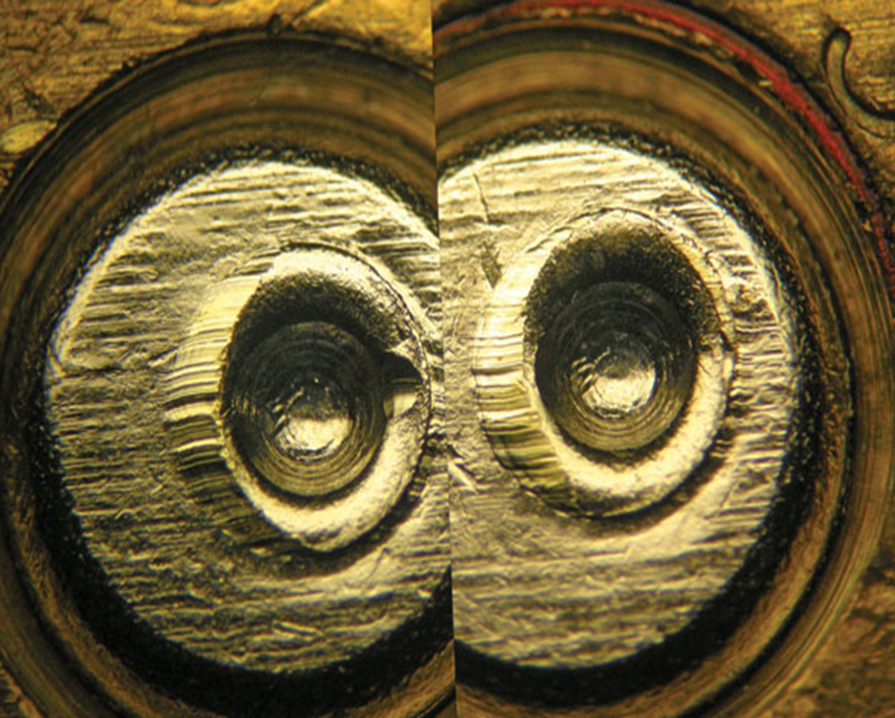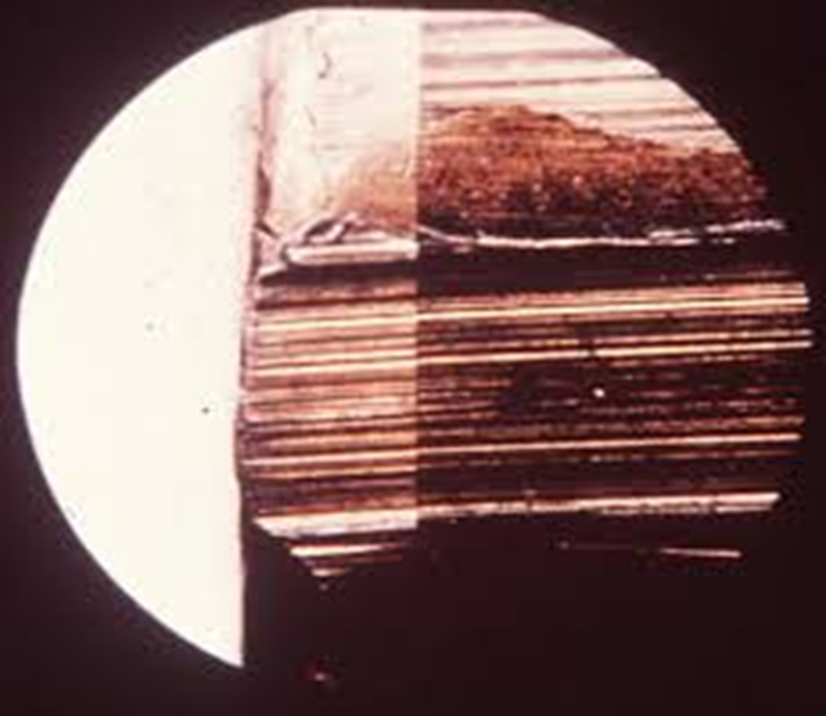- Info@gfsl.gov.gy
- Area ‘M’ University of Guyana, Turkeyen, E.C.D.
- +592-222-1033/9
Guyana Forensic Science Laboratory
Guyana Forensic Science Laboratory
Ballistics is a science that deals with the motion of projectiles. Forensic Ballistics is the branch of forensic science that deals with every aspect of firearms, ammunitions and firearm wounds. The Ballistics Department is specialized in the scientific analysis of all ballistic related evidence with the purpose of identifying, interpreting and establishing the facts in a firearm related incident. A firearm is an assembly of a barrel and action part from which a projectile(s) is propelled/fired by products of combustion.
SUBMISSION EXAMPLES / EXHIBITS UNDERTAKEN FOR EXAMINATION OR ANALYSIS
ANALYTICAL SCOPE
INSTRUMENTATION
The Ballistics Department utilizes a range of equipment incorporating physical, chemical and microscopic examinations, these instruments include:


